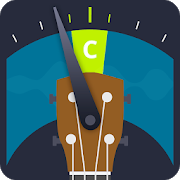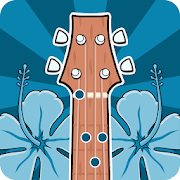Top Uke Canções (janeiro)
Artistas em alta
 Participe da nossa Comunidade!
Participe da nossa Comunidade!
✓ Junte-se à maior comunidade de Jogadores de Ukulele do mundo✓ Avaliar, comentar e fazer amigos
✓ Salvar cifras em seu songbook
✓ Contribuir com tabs, aulas, etc.
Aplicativos Android

O Afinador de Ukulele mais preciso. Disponível a qualquer momento. Em qualquer lugar.

Buscador de Gráficos & Acordes Ukulele

Rimas infantis e músicas para bebês tocadas no Ukulele para ajudar o bebê a dormir :)
© 2008-2026 Ukulele-Tabs.com

